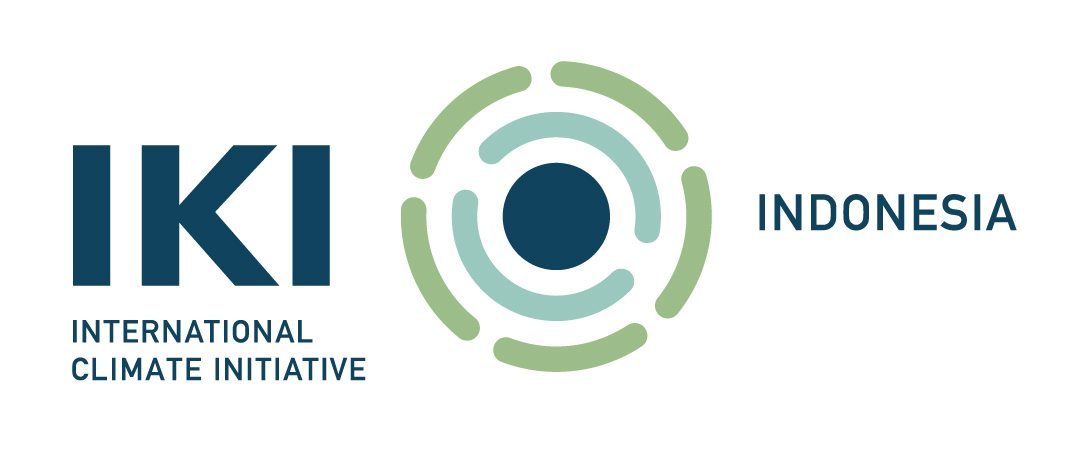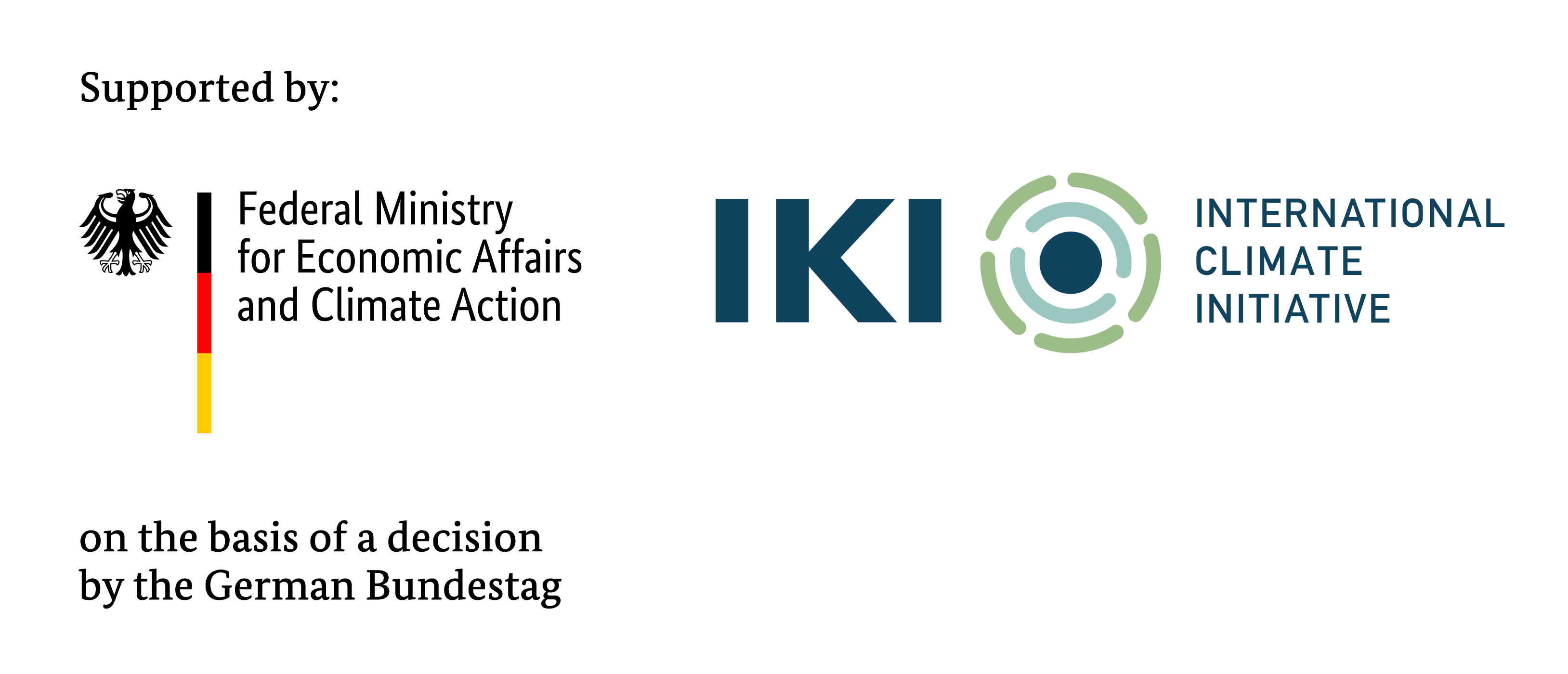The project addresses regulatory, capacity, and financing gaps that prevent large-scale adoption of low-carbon buildings (LCB). Project interventions build technical and institutional capacity for city and state governments to contribute to national GHG emission reduction targets from building materials and operations, particularly from cooling; complementing regional and global initiatives.
- Country : IDN, IND, KHM, THA, VNM
- Project Sites : Pilot city location is currently being assessed, for further approval by the steering committee.
- Support Area : Mitigation
- IKI Funding : 18.979.486,00 €
- Duration : 01.08.2022 - 31.07.2027
- Implementing Organisation : Global Green Growth Institute (GGGI)

Policy Priorities :
The ALCBT Project was established to support the Government of Indonesia’s (GoI) commitment and agenda to sustainable development, as outlined in the RPJMN 2025-2029 (awaiting approval), NDC, and Net Zero Emission Target by 2060 or sooner.
In the enhanced NDC, the GoI has pledged to reduce greenhouse gas emissions by 132.25 million tons of CO2 through energy efficiency mitigation actions. The Ministry of Public Works and Housing (PUPR) has committed to reducing emissions by up to 17 million tons of CO2 in its Green Building Roadmap, with 3 million tons of CO2 from government buildings and 14 million tons of CO2 from commercial buildings. An additional reduction of 19 million tons of CO2 is expected to be achieved through passive design and energy efficiency measures in air conditioning and lighting equipment.
In its Long-term Development Plan, the Government of Indonesia (GOI) has stated that between 2025 and 2045, the country will focus on a Net Zero Emission (NZE) policy, emphasizing energy transition and the implementation of a Green Economy. The ALCBT Project’s targets and outputs are aligned with Indonesia’s sustainable development agenda, aims to achieve the NDC and NZE by informing policy development and providing reliable tools to assess energy use and building performance.
Policy Targets :
To support Indonesia’s sustainable development agenda, the ALCBT project aims to achieve the following outcomes:
– Utilize project tools (MRV/Building Carbon Assessment tools and building register) and training programs: 8 public and private institutions in Indonesia to incorporate these tools.
– Inform policy recommendations: Develop 2 policy recommendations (related to NDC and building energy codes) for Indonesia.
– Mobilize investment: Mobilize up to 30 million EUR in investments through a combination of project pipelines using MRV tools and implementation of low-carbon buildings and cooling systems through ESCO.
– Emission Reduction: Achieve a total reduction of 2.67 million tons of CO2e (direct: 0.89 million, indirect: 1.78 million) across all five countries.
The ALCBT Outputs are:
1. Standardized tools and systems for managing carbon emissions from the building sector developed and piloted.
Output 1: This output aims to enable the Government of Indonesia (GOI) to assess and register 1,200 buildings (1,000 existing and 200 new) and engage with 30 key stakeholders/institutions. The insights gathered will be used to provide policy recommendations and improvements in the green building and energy transition sectors. Additionally, this output targets the dissemination of technical guidelines to encourage the adoption of green procurement for efficient and sustainable cooling in the building sector. This will reach 1,000 public procurers, technical personnel, energy managers, building developers, professionals, policymakers, and practitioners.
2. Key industry stakeholders in project countries have enhanced capacity to deliver low-carbon buildings.
Output 2: The focus here is on training and capacity building regarding building energy efficiency, building codes, ESCO models, carbon assessment tools, sustainable cooling, and the planning and design of low-carbon buildings. This will involve 120 public officials (35 from Indonesia) across all countries and 4,900 industry professionals (770 from Indonesia) in project countries, all with gender disaggregation. Moreover, the project will coordinate with 9 universities (3 in Indonesia) to develop a syllabus on sustainable cooling and low-carbon building principles.
3. Financial pathways established to facilitate financing for occupants, owners, and developers of low-carbon buildings.
Output 3: The project will engage with financial institutions to promote financing for low-carbon building and sustainable cooling projects and to formally join the Green Finance Network, with a target of 20 institutions in total. They will connect banks, investors, and service companies to share knowledge, develop financing products, and address challenges in financing these projects. In detail, the project will create a system to link building energy and carbon performance with financing options, support the development of bankable low-carbon building projects, assess the readiness of the market for financing models that improve energy efficiency (EE) in buildings, and promote the upgrade of air conditioning systems in buildings to improve efficiency.
4. Facilitating Replication and Scaling Up
These activities aim to increase the number of certified buildings, support emission reduction, facilitate the energy transition, and encourage the use of sustainable materials for better building performance.
1. Development of tools. GGGI and consortium partners will collaborate with government entities to provide decision-making tools (MRV/Building Carbon Assessment tools) for enforcing building codes and maintaining building registers.
2. Development of training modules. Training modules will cover the country’s need for green building implementation, including building energy efficiency, building codes, building life cycle assessment/approach and MRV tools, ESCO business model, green public procurement, planning and design of low-carbon buildings, and building energy management and audit.
3. Building codes will be regularly updated to align with the country’s NDCs and LTS. Life Cycle Assessments (LCA) conducted on project buildings will inform policymakers of necessary revisions to codes, facilitating the transition to low-carbon building practices.
4. Awareness campaigns will be conducted through training, public domain platforms, and digital channels targeting all stakeholders.
5. Development of Business Model and Pipeline for Energy Efficiency Investments through ESCO.
The tools, training modules, and awareness campaigns will ensure that all stakeholders understand and comply with building codes, ultimately promoting the construction of low-carbon buildings. By aligning building codes with NDCs and LTS through LCA data, the project aims to position Indonesia for success in achieving its NDC and Net Zero Emission (NZE) targets, promoting sustainable development and environmental responsibility within the building sector.
Relevant Links: https://www.international-climate-initiative.com/PROJECT1363-1


